
Car maintenance schedule by mileage is a pre-determined plan of routine maintenance tasks that are crucial for the optimal performance of the automobile. Manufacturers generally provide a maintenance guide for their manufactured vehicles. Most makers follow a 30-60-90 maintenance plan, which originates from decades of research in automotive engineering. Manufacturers studied and observed the lifespan of car components under normal driving conditions. These pre-determined plans avoid major failures and unforeseen issues for car owners and make automobiles more reliable.
That widely known plan is based on mileage at each vehicle’s life stage, as long as mileage is a good indicator of whether certain components need changing or replacing. However, it is not the only aspect that can be used to determine and perform tasks. Time is also a factor worth attention when it comes to auto components care.
In the following paragraphs, we will discuss the topic in detail and learn which factors are decisive in shaping maintenance schedule. We will also see the best car brands to maintain and recommendations that help reduce the costs of maintaining the automobile.
The car maintenance schedule is a guide provided by a car manufacturer. The guide varies by manufacturer and includes specific intervals when certain components need inspecting or replacement. In short, it provides car maintenance schedule by mileage.
Following a maintenance schedule is a smart way to reduce the risk of breakdown and extend the vehicle’s lifespan. It’s not only about automobiles; when you follow the guide and keep the auto in optimal condition, you ensure safety and reliability for you and your passengers. Apart from that, taking care of your vehicle and regularly checking it means reducing your carbon footprint and taking care of the environment.
Mileage is the most common factor in determining auto maintenance needs. That is why it is a primary source that dictates the maintenance necessities in different stages of a vehicle’s life. In the following paragraph, we will discuss the role of mileage in providing the necessary steps in maintaining car care.
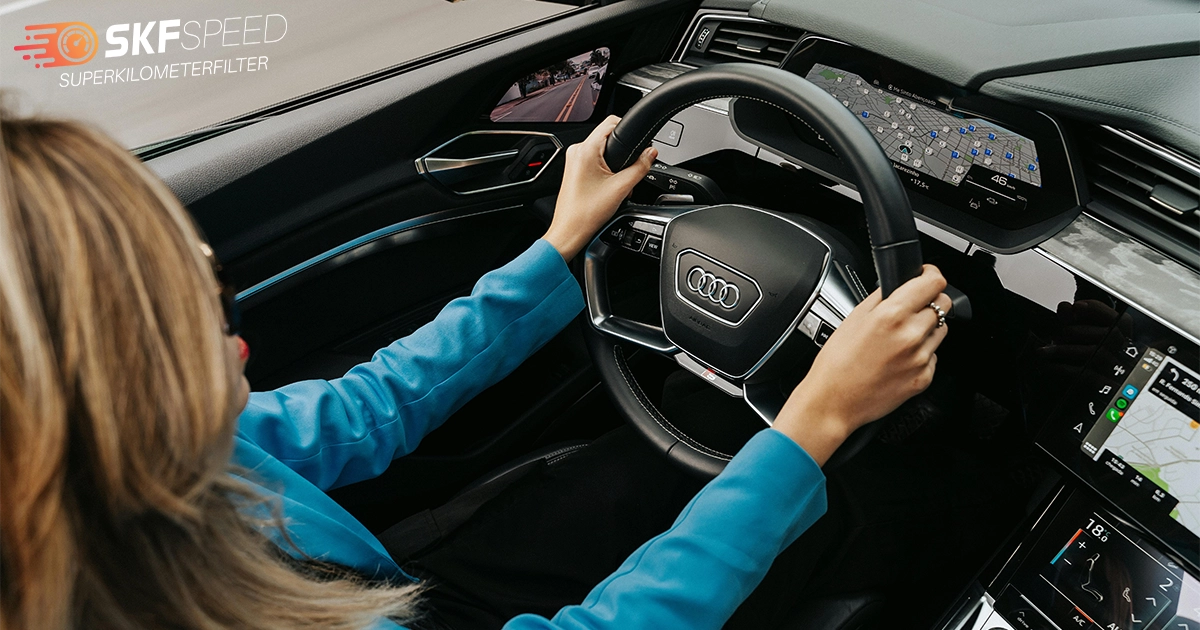
The recommended time for checking or changing oil filters and oil varies depending on various factors such as driving habits, oil type, vehicle brand, and model. However, if we generalize the concept, we can say that the maximum mileage milestone for changing oil is from 7000 to 10,000 miles. Oil can last so many miles when it is full of synthetic oil. If the oil is a synthetic blend or conventional as it was in the past, surely it can last maximum 5 000 miles.
It is also crucial to replace oil filters as their chief function is to ensure dirt and particles are removed from the oil, and it remains clean. If the oil filter doesn’t work efficiently, dirt can damage parts of the engine and reduce its efficiency.
The necessity of changing air filters also greatly depends on driving conditions. However, the approximate milestone when the change is necessary is between 15 000 to 30 000 miles. The chief function of the engine air filter is to prevent dust and dirt. So, if you travel a lot in a dusty or polluted environment, you have to change them every 10,000 miles.
The fuel filter is another crucial filter that needs to be replaced in a timely manner. It clears fuel before it reaches the engine, so it helps to avoid clogging fuel injectors. Generally, the good time to replace it is after 20,000 miles. The upper milestone depends on the automobile. Modern automobiles come with advanced fuel injection systems, and there is no need for replacement before 40,000 miles. As for older cars, good timing is between 20,000 and 40,000 miles.
Surely, the factors mentioned above are not the only ones; driving conditions, car maintenance schedule by mileage, and manufacturer guidelines also matter. Some manufacturers even guarantee traveling many more miles without replacing fuel filters.
Brake components such as pads, discs, and fluids need checking after 30,000 miles.
The longer you travel, the more likely it is that your brake pads will wear down. The major indicators of worn brakes are squeaking and screeching noises. Under normal conditions, that happens when mileage milestones reach 50,000 miles.
As for brake discs, the general replacement interval ranges between 50,000 and 70,000 miles. Strange sounds, vibrations, or pulsing in the brake pedal indicate that replacement is necessary.
Lubrication/fluid is also important for brakes and other components. The optimal replacement interval for brake fluid is from 20,000 miles to 40,000 miles.
The battery is an essential component for starting your vehicle and electrical system. It needs replacement from time to time for various reasons. Factors influencing its lifespan vary from climate conditions, types of trips, and electricity consumption when the engine is switched off. For example, both hot and cold weather can affect the battery.
Coolant is crucial for regulating the engine’s temperature, avoiding overheating or freezing. There are different types of coolant on the market, so replacement frequency depends on the type of coolant one uses. Typically, the standard coolant needs replacement when you reach almost 60,000 miles.
As for the checking frequency, it would be good to check it like engine oil every 3 to 6 months.
Transmission fluid helps smooth the operation of your car’s transmission, so timely lubrication is necessary to ensure its satisfying performance. According to recommendations, changing fluid between 30,000 and 60,000 miles is a good idea.
Clicking noise from the engine is one of the signs that it’s time to replace the timing belt. The recommended time for replacement is between 60 000 to 100 0000 miles.
The lifespan of spark plugs depends on the material they are made of . For example, iridium spark plugs last almost 100,000 miles compared to spark plugs, which are made of copper and platinum. Timely replacement of them is very important as it improves fuel efficiency and engine performance.
Depending on the vehicle you own, the best mileage for replacing power steering fluid is 50,000 to 100,000 miles. Checking your owner’s manual will be helpful as it contains the exact car maintenance schedule by mileage.
The short answer is – No. It’s not correct to ignore time-based intervals for maintenance and preventative inspection. Surely, the mileage-based maintenance schedule, a.k.a. 30-60-90, is widely adopted and reliable. However, it doesn’t automatically mean that we should ignore time intervals when it comes to planning maintenance. We can confidently say that time is also an important factor that is worth paying attention to. Without one another each aspect may lead us to be mistaken. For example, imagine the following situation:
You drive occasionally, do not use your car very often, or just leave your automobile in a garage for a long time. Considering only mileage-based maintenance, you may think that you can skip some tasks of routine maintenance, such as engine oil change or tire replacement. That may have a negative impact on your car’s performance because oil may become useless after some time because of moisture, leading to inefficient lubrication of the engine. Tires also lose elasticity even when the automobile is not driven often. All that are enough reasons not to ignore time intervals and use them with combination of mileage intervals when you follow car maintenance schedule by mileage.
There is not only one factor that determines your maintenance cost at different levels. It is a combination of several factors that may determine how expensive or cheap it is. Those factors are the followings:
If your goal is to reduce maintenance costs in the long run, the first thing you should do is to choose between the least expensive brands to maintain. According to Caredge.com, Toyota, Fiat, and Volkswagen are at the top of the list of the cheapest brands to maintain. Ten years maintenance cost for each of them are the following:
Geographical location hardly depends on you. It is an external factor, and you cannot change it.
You have control over mileage and driving habits. You can do your best to drive smoothly, not accelerate quickly, and avoid aggressive driving. All that helps to maintain the automobile as long as possible without the necessity of major repairs. As for mileage, avoiding high mileage readings is possible. You can replace a private car with public transport or take a walk if it is a short trip.
If you have owned an automobile for a long time, vehicle aging is inevitable. The only way to save money on repairing major parts is to check components frequently and repair little details until they become a bigger pain in the neck.
So, keep in mind the car maintenance schedule by mileage if you want to avoid additional expenses related to your vehicle.
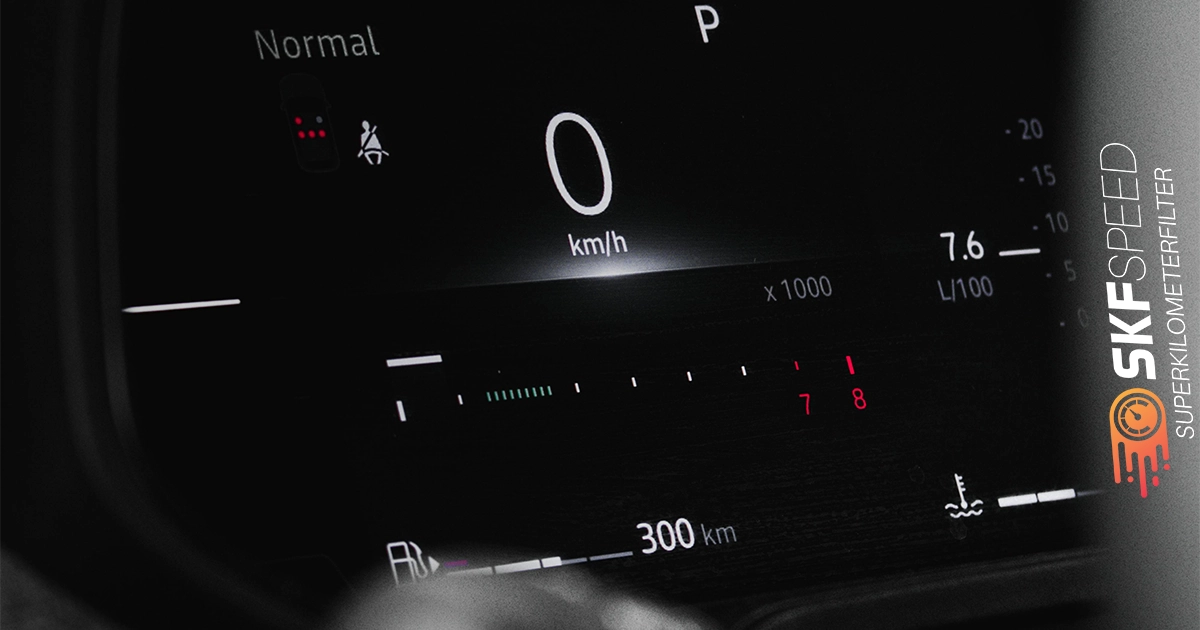
If you are searching for the best testing device for your auto, the mileage blocker from SuperKilometer Filter is the one you need urgently. The device will allow you to stop counting kilometers unconditionally from all control units. The manufacturer created the mileage blocker for testing purposes, and it is not allowed on public roads.
The tool is available for most brands and models. It comes with user-friendly installation instructions and a mobile application, which is a convenient solution for managing mileage-related aspects of your vehicle. The device is made of quality components, which guarantees its reliability and flawless performance.
You can purchase the device directly from the website. If you have additional questions, the customer center and support team are ready to help.
Car maintenance schedule by mileage is the most common pattern of maintenance. Following this schedule will allow you to own a reliable automobile in the long run. Do not skip scheduled maintenance, and always be mindful about your mileage. Good mileage management will be beneficial not only for maintenance but also for other aspects of automobiles.
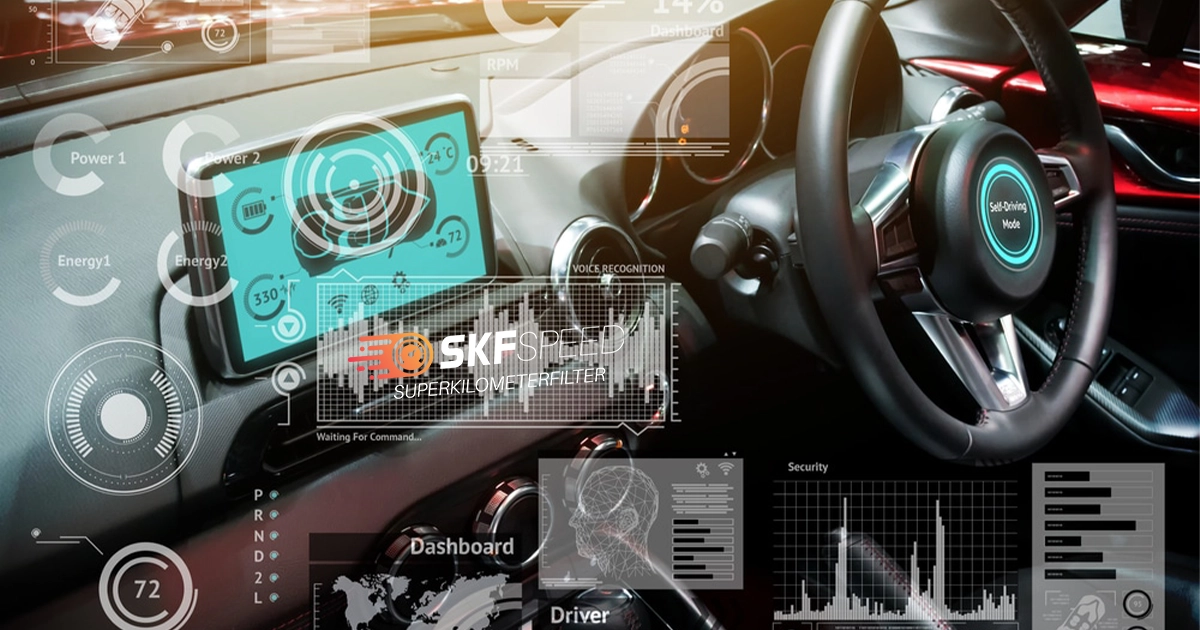
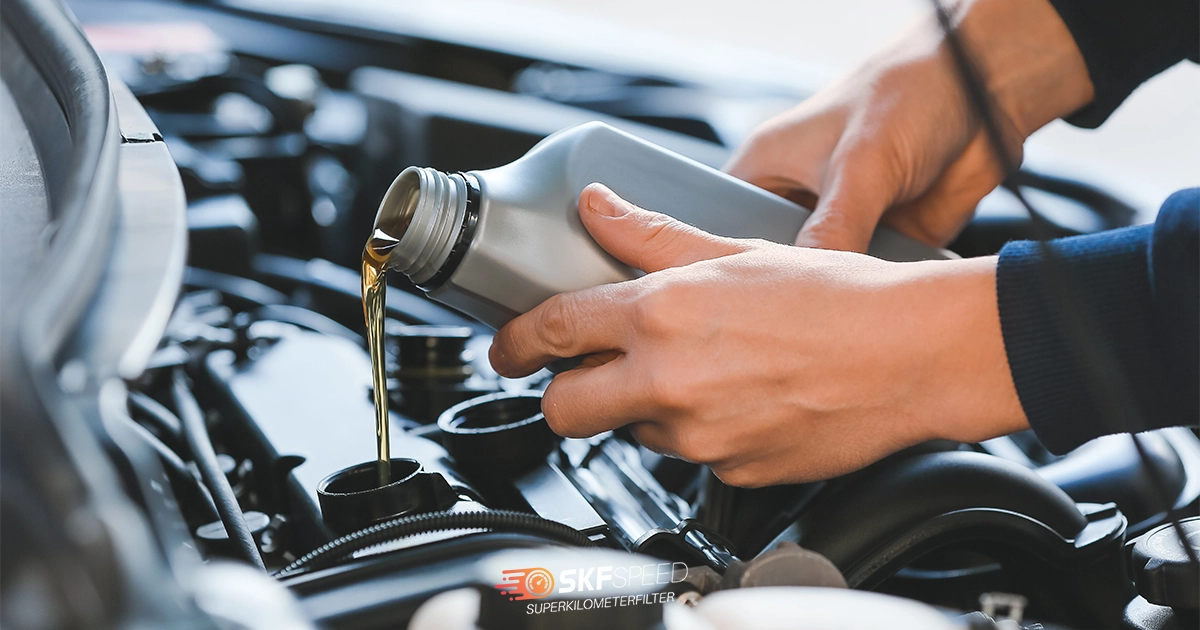
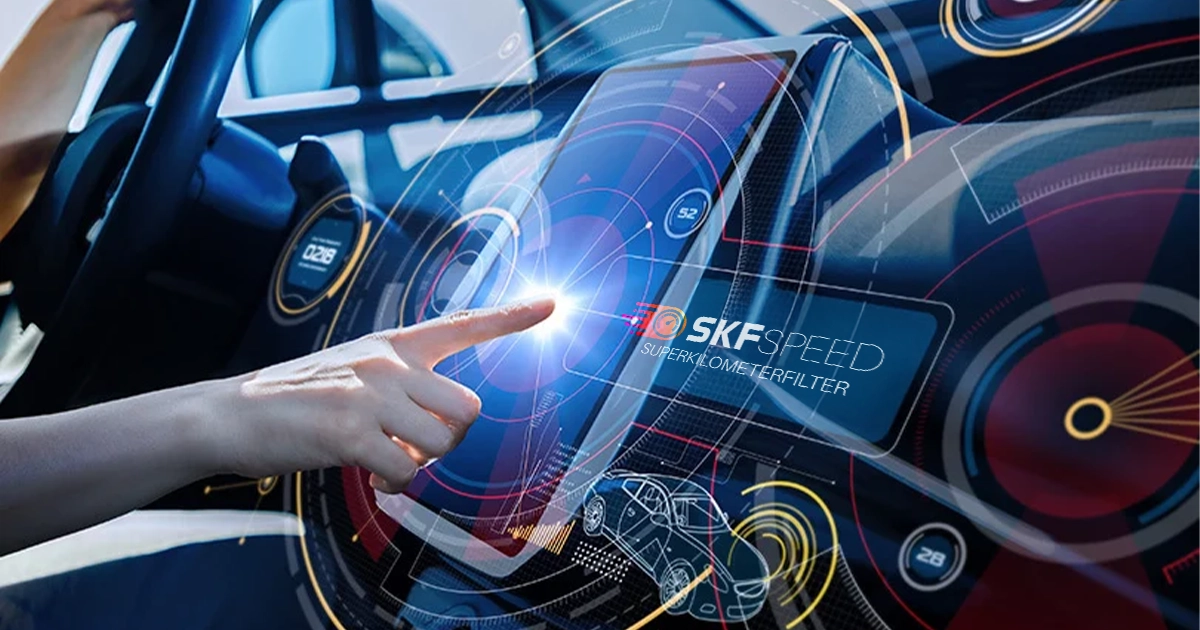
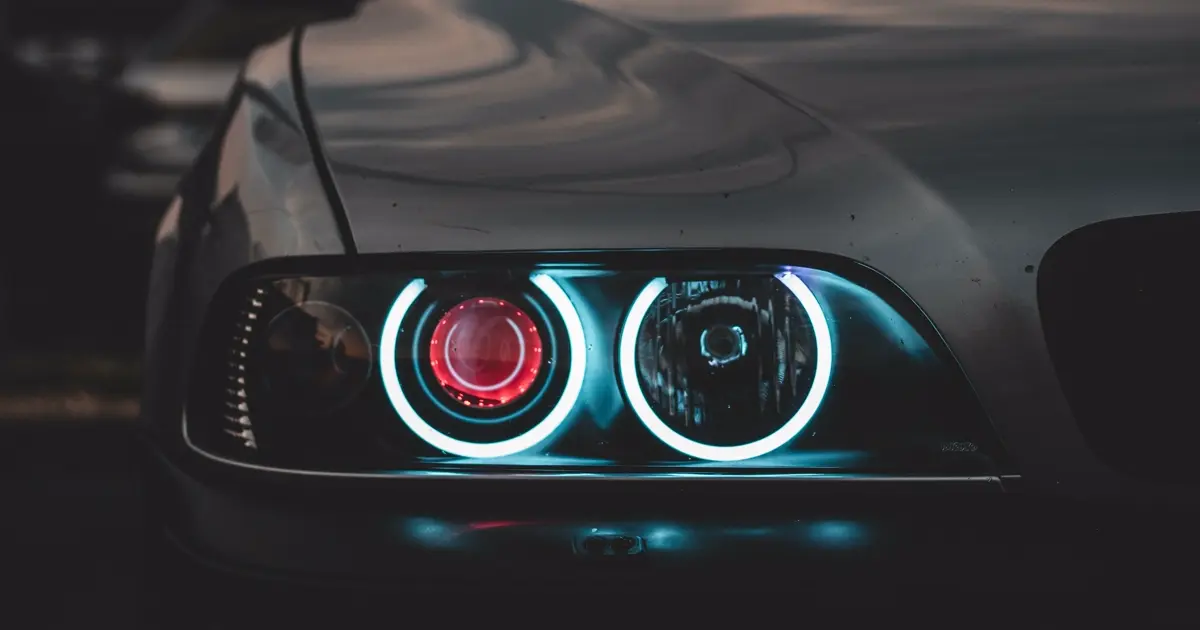
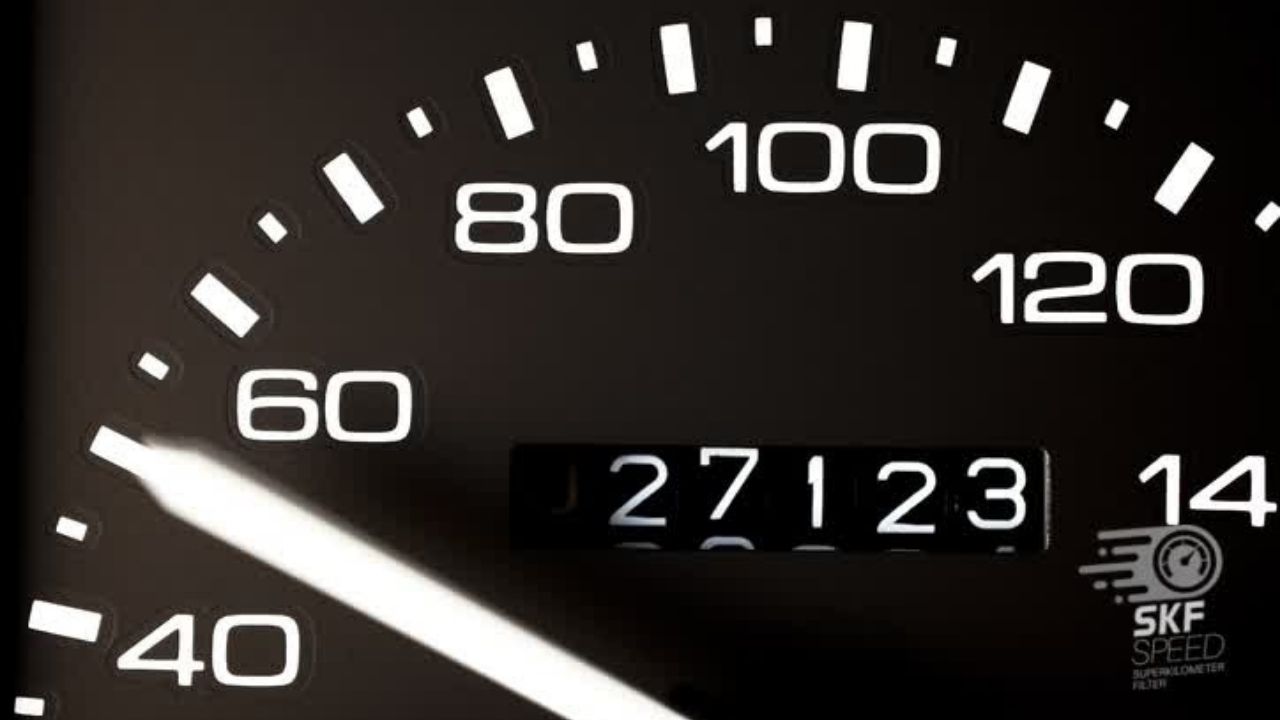

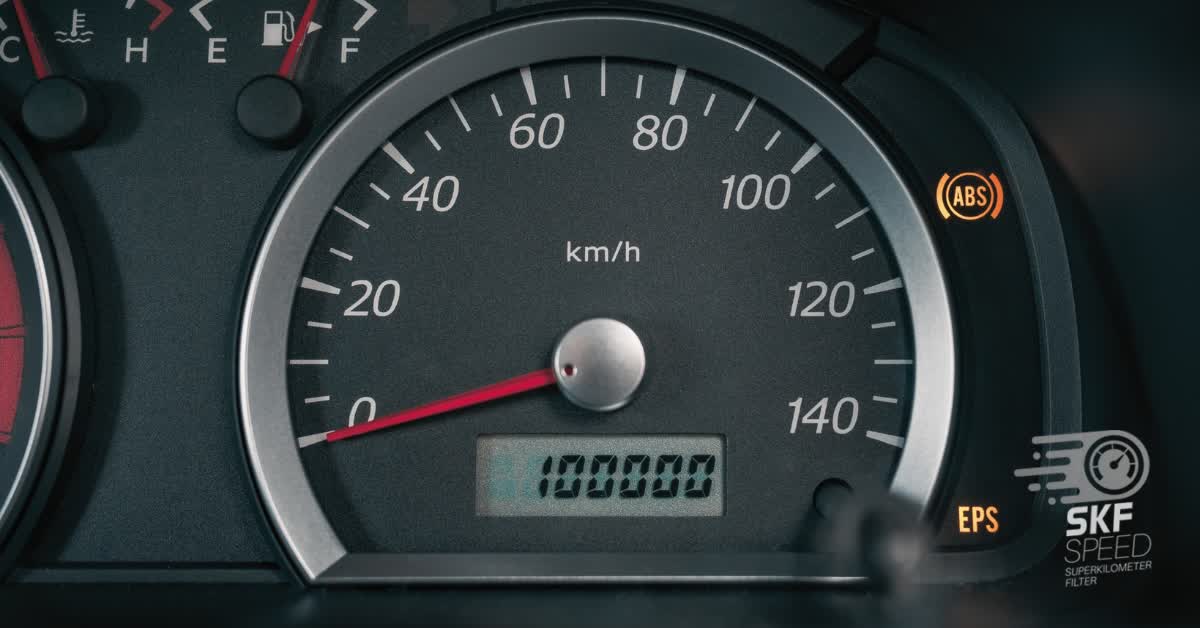
Here you will find all the details about our company
Here you will find shipping and return related information
Here you will find information on all technical questions
Here you will find helpful information about installation